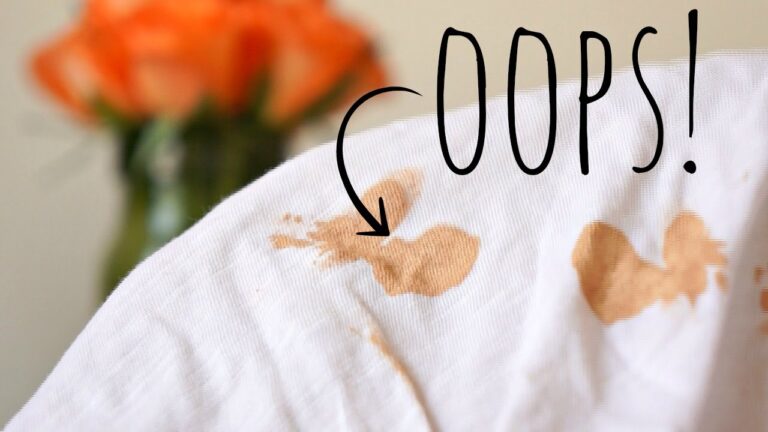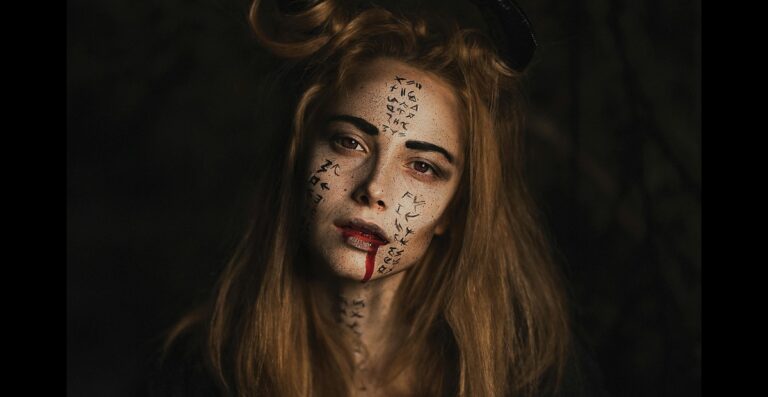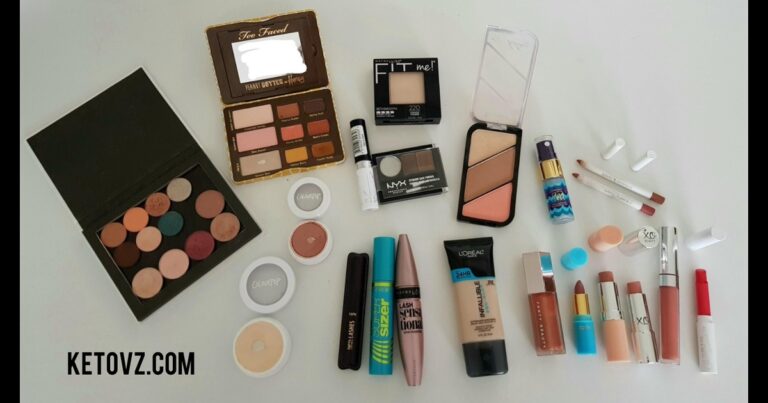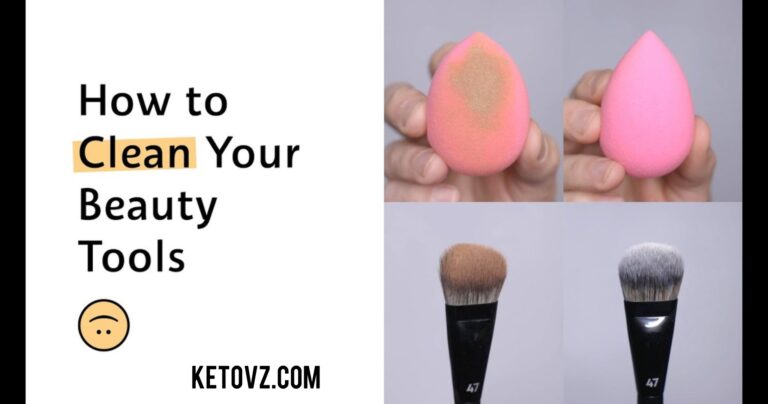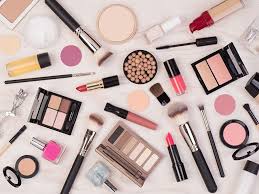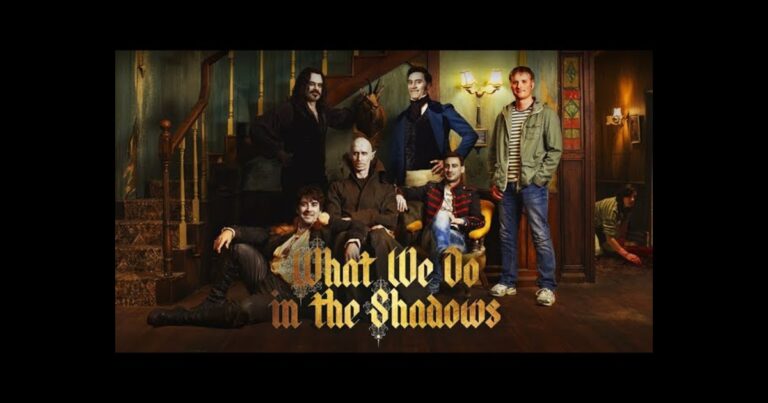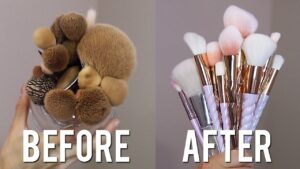Makeup has been an integral part of human culture for centuries since its invention in order to enhance beauty and reflect social, cultural, and life trends. Who invented makeup? Well, that is a story that spans hundreds of years and across civilizations from ancient Egypt to modern-day beautification. This blog will tell you about the origins of makeup from ancient times to the present.
Ancient Origins of Cosmetics: The History of Early Makeup Usage
Three ancient civilizations are highlighted for the significant contributions made toward this history of early makeup use, namely Egypt, Mesopotamia, and China.
1. Ancient Egypt: The Birthplace of Modern Makeup
When a place to start relating to who made makeup comes to mind, ancient Egypt stands as one of the first places that pops into your head. Egyptians have been the very first to use makeup, and this use was closely interrelated with the belief system, social status, and health practices.
Perhaps the most famous cosmetic discovery from Egypt was the application of kohl, a thick paste of powdered galena-lead sulfide, as eyeliner to the eyes of both men and women to make up in their daily lives. They believed it protected them from the desert sun’s fiery blinding rays and snuck away evil spirits. Other more popular eyeshadow use by Egyptians is the use of malachite green – a mineral base in copper.
Apart from makeup for eyes, Egyptians also prepared primitive lipsticks and rouge from red ochre and clay. Even Queen Cleopatra was famous for her expensive beauty treatments, including crushed carmine beetles to make a deep pigment for the color red on her lips. Therefore, inquiring “who invented makeup,” the answer always leads to the ancient Egyptians who made cosmetics not only popular but also culturally and spiritually meaningful.
2. Mesopotamia: Ancient Lip and Nail Staining
While the Egyptians often seem to steal the headlines about who actually invented makeup, the ancient Mesopotamians made some pretty impressive strides with cosmetics as well. It was around 3000 BCE when Mesopotamian women began to apply powdered gemstones and semi-precious stones like lapis lazuli to stain their lips and eyes.
Nailing-down this fact, the rest of the Middle East proceeded with spreading it around. Makeup was not just a face paint but extended its belt around nails and bodies.
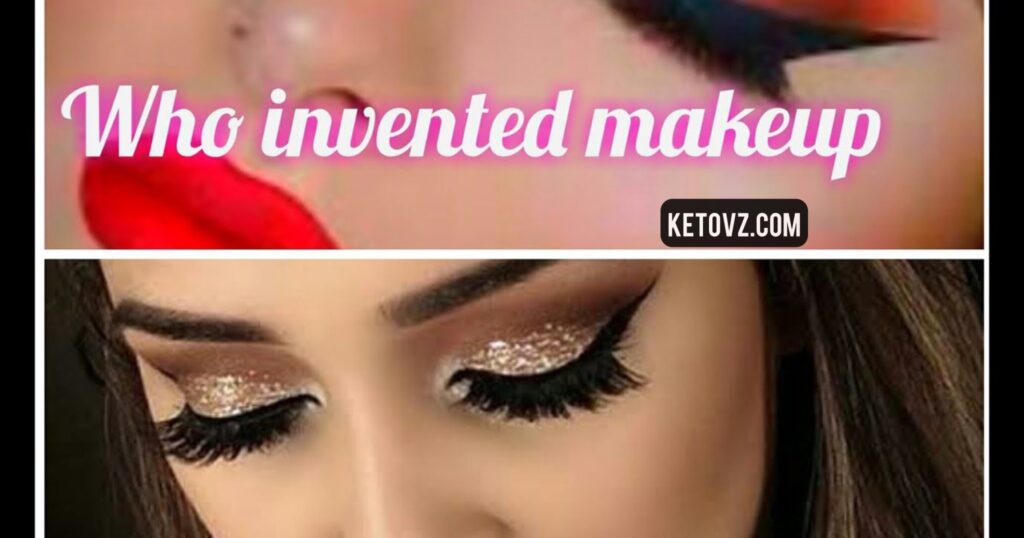
3. Ancient China: The Invention of Face Powder
Needless to say, when looking at who invented makeup, we cannot bypass China. As early as 1500 BCE, cosmetics played a significant role in the elite culture. In ancient China, a white face powder marked nobility and wealth, and with such assets, they use either rice powder or lead-based powders to achieve pale, porcelain-like skin, which they highly prized.
These cosmetics reflect not only the beauty ideals of ancient China but also the very deep connection between cosmetics, social class, and health.
Cosmetics in the Classical World: Greece and Rome
Let’s talk about the ancient Greeks and Romans as we continue our search to find out who truly invented makeup. Both groups followed many of the cosmetic traditions that earlier civilizations developed but did add some innovations of their own.
1. Ancient Greece: Cosmetics as Art
Often, it goes to the nature of the Greeks to be appreciated for the contributions they have brought about in terms of art, philosophy, and science; however, at some point in history, they also played their part in makeup evolution. In fact, the word “cosmetics” itself is from the Greek word kosmetikos meaning “skilled in adornment”.
Greek women with pure thoughts and rich pockets would go for pale skin tones. They would risk even applying white lead powder or chalk to their facial area to attain this feature. They used red ochre to make their lips and cheeks reddened.
2. Ancient Rome: Makeup as Status and Seduction
Makeup was used during ancient Rome as a status symbol of wealth, prestige, and authority. Women from wealthy families imported cosmetics from wherever in the known world it could be found.
Plant-based dyes or animal fats contained lipsticks, while some women went as far as using burnt cork or antimony to make their eyelashes and eyebrows darker.
It is precisely the excessive preoccupation with appearance, especially among upper-class circles in the Roman Empire, which has forever and indelibly marked the course of makeup history. Obsessed with self-grooming, the Romans took the baton from their ancestors in the pursuit of inventing a totally new answer to the question of the inventor of cosmetics.
Cosmetics in the Middle Ages and Renaissance
During the centuries that followed the Roman Empire, cosmetics fell out of fashion.Once again, however, it was the Renaissance that inflated makeup to a fashionable item, particularly for the upper strata and opinion-makers.
1. The Middle Ages: The Role of the Church
The church viewed with suspicion and considered sinful the use of cosmetics during the middle ages, primarily because they believed these practices were an attempt to deceive others by hiding one true changeability. However, there were still some practices of beautification-a pursuit mostly of the upper class.
2. The Renaissance: The Revival of Makeup
The Renaissance was the return to the arts, the return to culture, and the search for beauty. In Italy, France, and England, the rich began to wear more elaborate makeup. Face powders, blush, and lip colors made from plant dyes became the height of consumerism. White face, red lips – one of the symbols of beauty of the Renaissance era, was Queen Elizabeth I.
From this period, we find the first modern ideas of makeup, formulas, and recipes that may as well be the same products we use today. And by now, makeup had become firmly transplanted into European courts and upper-class societies, at least a partial answer to who invented makeup.
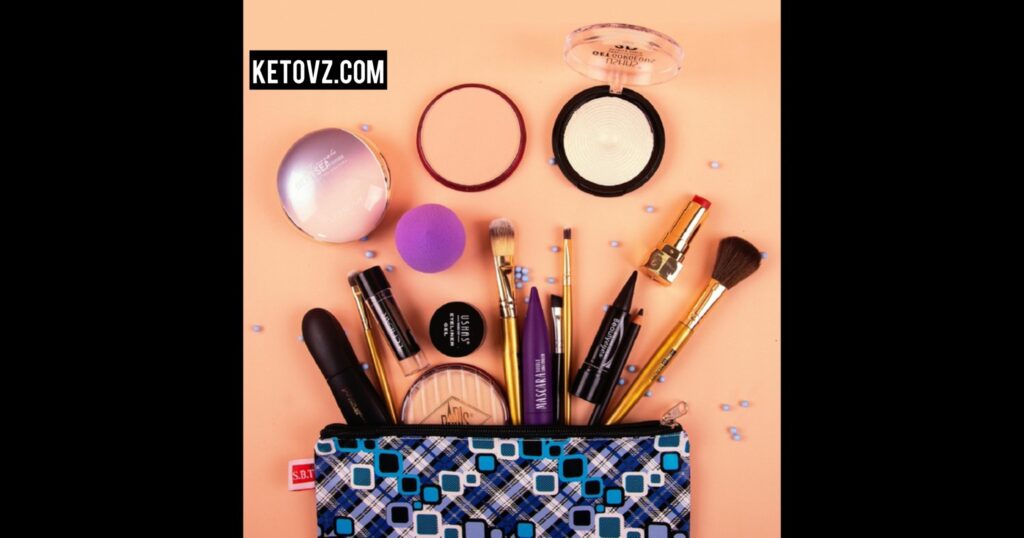
The Modern Era: The Industrial Revolution and Beyond
The industrial Revolution of the 19th century shaped the true birth of the modern makeup industry, transforming the way makeup was produced and used for thousands of years.
1. Birth of Modern Makeup Brands
More to the point, though, a question of “who invented makeup” must make us think of men like Eugène Rimmel and Max Factor-the pioneers in the makeup business. Rimmel was a French perfumer who successfully launched the world’s first non-toxic mascara that became available in the 1830s. Of course, with time, his name has continued to be synonymous with mascara within Europe.
He made filmspecial cosmetics products for the Hollywood movie stars, and with such creations such as pan-cake makeup giving smooth coverage under the studio’s strong lights, he redefined the industry. His innovations paved the way for making makeup accessible to women far beyond the professional makeup lines into consumer-based products.
2. Makeup Goes Mainstream
Today, makeup is a luxury no more for the elites but for everyone. Beauty and glamour icons such as Coco Chanel, Elizabeth Arden, and Helena Rubinstein helped determine what beauty ought to look like according to new standards.


